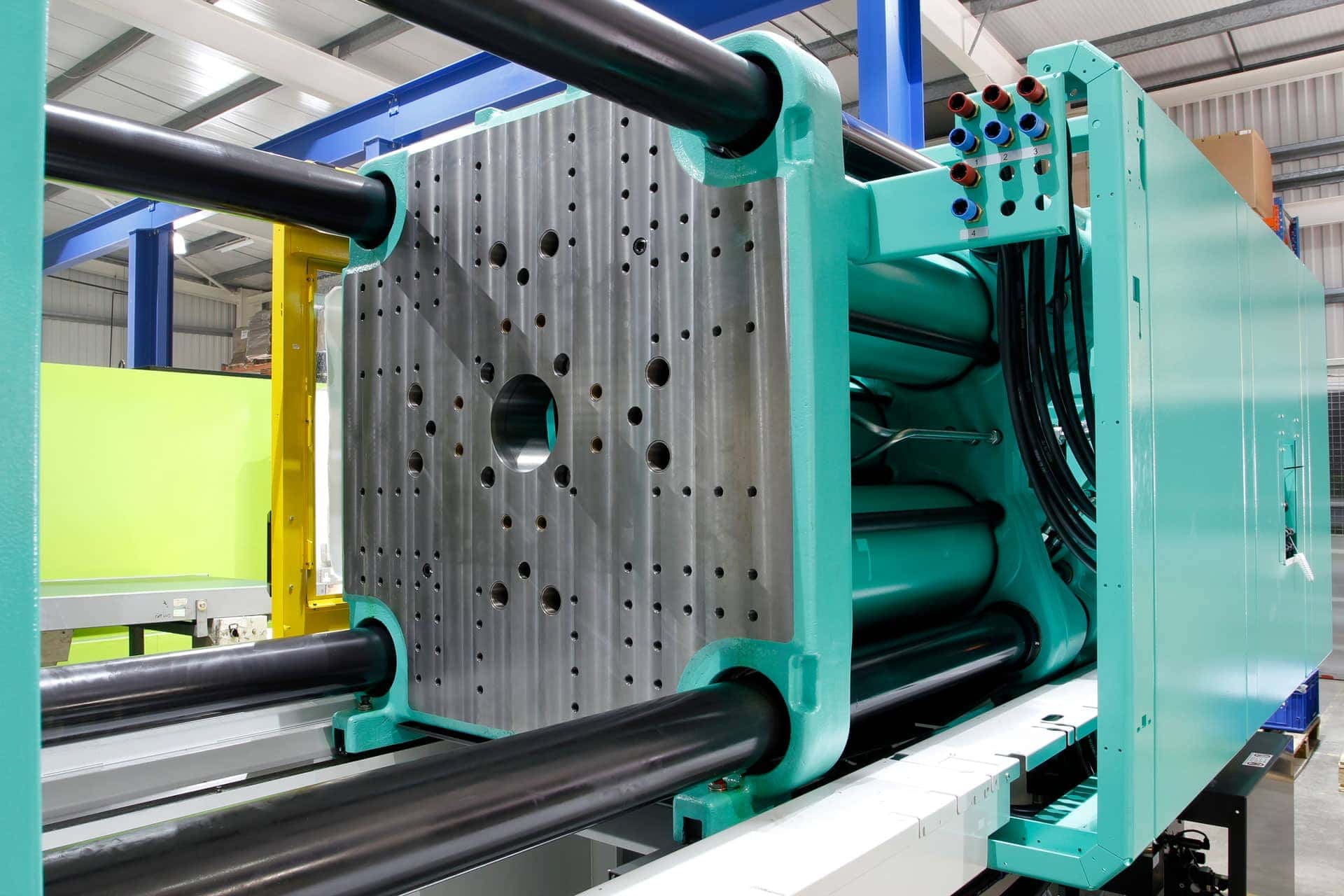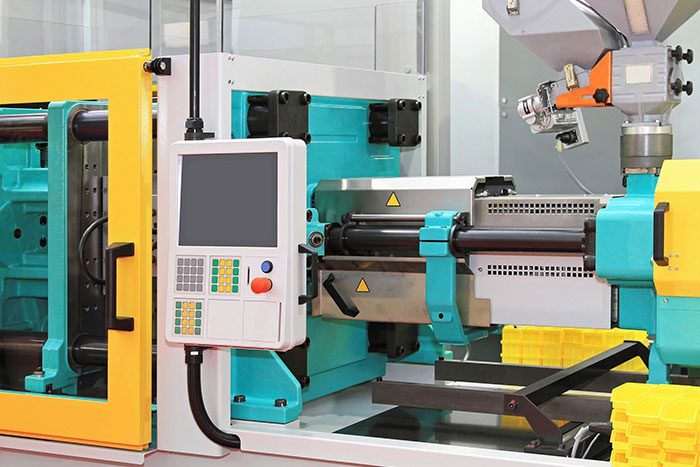The Advantages of Using Plastic Injection Molding for Customized Parts Manufacturing
The Advantages of Using Plastic Injection Molding for Customized Parts Manufacturing
Blog Article
The Future of Plastic Injection Molding: Patterns and Technologies to Watch
As the plastic shot molding sector progresses, several vital fads are emerging that guarantee to reshape its landscape. Automation and wise production strategies are set to boost productivity, while the shift towards sustainable materials shows a growing environmental awareness. Developments in 3D printing are paving the way for extraordinary layout adaptability. Nevertheless, these innovations also produce challenges that require careful consideration. Comprehending exactly how these elements will certainly connect and affect future methods is vital for stakeholders seeking to navigate this transformative period properly.
Automation and Smart Production
As the plastic injection molding industry advances, automation and wise manufacturing are taking spotlight, transforming production procedures - Plastic Injection Molding. The integration of sophisticated technologies such as robotics, IoT (Net of Things), and fabricated intelligence is enabling makers to enhance performance, decrease functional costs, and boost product top quality. Automated systems enhance workflows, lessening manual intervention and increasing throughput, which is vital in fulfilling the rising need for quick production cycles
Smart making technologies assist in real-time monitoring and data analysis, permitting companies to enhance equipment performance and anticipate upkeep needs. This positive technique not only decreases downtime but likewise expands the life-span of equipment. Additionally, the usage of collaborative robots, or cobots, enhances the versatility of assembly line, making it possible for workers and devices to run side by side safely and effectively.
The fostering of automation in plastic shot molding is not simply a trend but a strategic essential for businesses intending to remain affordable in an international market. By utilizing these technologies, manufacturers can attain higher accuracy, decrease waste, and adapt swiftly to changing consumer needs, placing themselves for sustainable development in a progressively computerized future.
Sustainable Products and Practices
The press towards automation and clever production has actually paved the means for a better emphasis on sustainable materials and methods within the plastic injection molding industry. Business are progressively seeking green options to conventional petroleum-based plastics, causing the fostering of bio-based and recycled products. These sustainable products not only lower ecological effect however also straighten with consumer demand for greener products.

Furthermore, cooperation in between producers, material distributors, and environmental organizations is cultivating technology in the advancement of sustainable materials that meet efficiency standards without endangering high quality. As regulations around plastic usage become more stringent, the market is positioned to adjust by welcoming these sustainable techniques, making sure long-lasting feasibility and reducing reliance on non-renewable sources. The integration of sustainability right into plastic injection molding is not merely a fad; it is ending up being a necessary element of company duty and operational quality.
Advances in 3D Printing
Current developments in 3D printing technology are significantly transforming the landscape of plastic injection molding. The integration of additive manufacturing processes enables for the rapid prototyping of intricate geometries that were once tough or difficult to achieve with conventional go to this website approaches - Plastic Injection Molding. This capacity not only accelerates item advancement cycles however additionally minimizes material waste, straightening read here with the expanding need for lasting manufacturing techniques
Moreover, the emergence of hybrid manufacturing methods, which combine 3D printing and shot molding, provides suppliers the capability to develop intricate styles while keeping the efficiency of automation. This approach enables the production of personalized components tailored to particular client needs without compromising the rate and scalability that injection molding offers.
In addition, improvements in materials, such as high-performance polymers and compounds particularly created for 3D printing, are boosting the functional capabilities of published elements. These products can withstand better stress and anxiety and show enhanced thermal residential or commercial properties, making them ideal for more demanding applications.
As 3D printing proceeds to develop, its combination into plastic shot molding processes guarantees to enhance performance, minimize prices, and foster advancement in product design, placing suppliers to much better satisfy the difficulties of an open market.
Data Analytics and IoT Combination
Data analytics and the integration of the Internet of Points (IoT) are transforming plastic shot molding by giving suppliers with unmatched insights into their operations. By leveraging real-time data collected from interconnected machines and sensing units, suppliers visit this page can check efficiency metrics, determine ineffectiveness, and optimize production processes. This data-driven approach promotes anticipating maintenance, decreasing downtime and extending tools life-span.
Moreover, IoT integration allows for enhanced quality assurance. By constantly tracking variables such as temperature, pressure, and cycle times, producers can swiftly detect deviations from developed specifications and make adjustments in actual time. This not just enhances item consistency yet additionally lowers waste and scrap rates.
The blend of data analytics and IoT technologies likewise encourages manufacturers to adopt more nimble manufacturing techniques. With access to thorough information analytics, organizations can reply to market needs with better versatility, adjusting manufacturing schedules and arrangements as required. This adaptability is vital in a rapidly altering production landscape.

Customization and Design Flexibility
Exactly how can customization and design adaptability improve the competitiveness of plastic shot molding? Personalization allows suppliers to satisfy particular customer requirements, accommodating one-of-a-kind dimensions, forms, and performances that basic items may not satisfy.
Developments in layout innovations, such as computer-aided layout (CAD) and fast prototyping, further boost this trend. These devices enable developers to create complex patterns and complex geometries, which can be seamlessly integrated right into the production procedure. Consequently, makers can react swiftly to transforming consumer preferences and market demands.
Moreover, the implementation of modular tooling systems improves layout versatility, permitting quicker changes between various item designs without substantial downtime. This adaptability can lead to lowered lead times and lower manufacturing expenses, making companies more active and competitive. Eventually, embracing personalization and layout flexibility in plastic injection molding not only raises item offerings yet also strengthens market positioning in an ever-evolving landscape.
Final Thought
The future of plastic injection molding is defined by substantial advancements in automation, sustainable methods, and ingenious products. The combination of IoT and information analytics will certainly boost functional performance and anticipating upkeep. The adoption of bio-based and recycled materials, along with progression in 3D printing, will foster sustainability within the industry. Customization via modular tooling and quick prototyping will certainly allow makers to stay responsive and affordable to the vibrant needs of the marketplace.

The future of plastic shot molding is characterized by significant improvements in automation, lasting techniques, and innovative materials.
Report this page